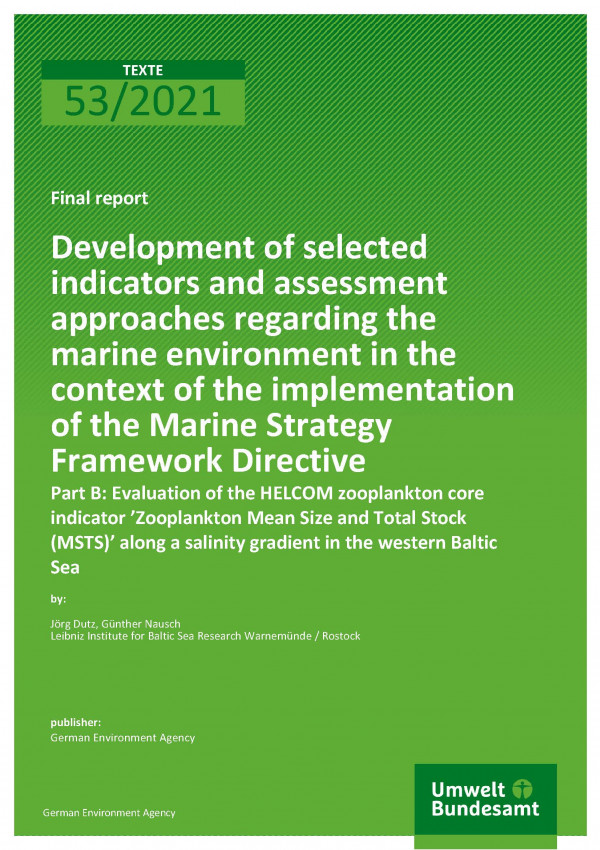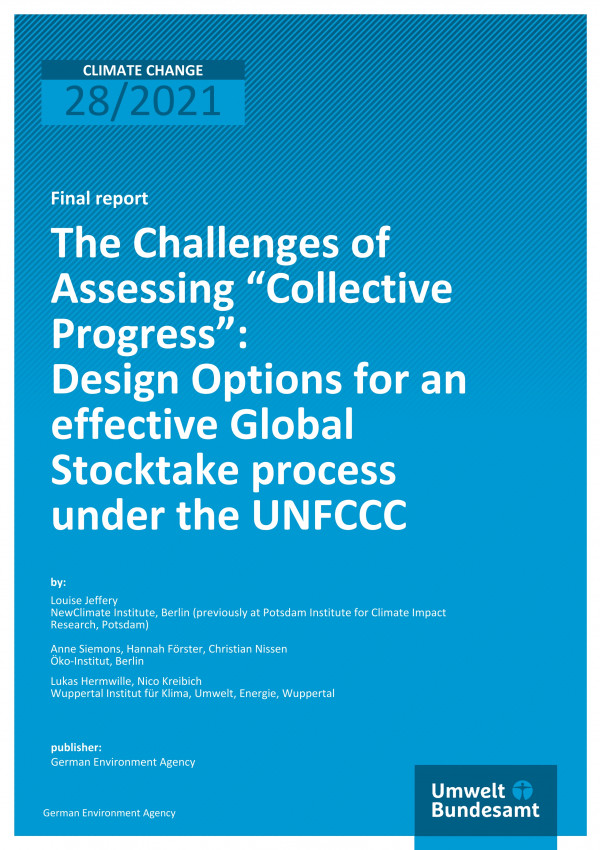Vast majority in Germany in favour of socioecological transition

People surveyed see urgent need for action in agriculture and food sector
Source: puhimec / Fotolia.com |
The German lifestyle is not sustainable. If everyone on the planet lived the way we do, it would take three earths to meet the demand for resources. The results of a representative population survey on environmental awareness in Germany in 2020, which was published by the Federal Environment Ministry and the German Environment Agency in late April 2021, show that a large majority of the German populace favours changing this situation and protecting our livelihoods.
90% of respondents are in favour of a rapid and at the same time socially acceptable transformation to a sustainable economy. Around 80% are in favour of Germany taking on a leadership role on the international stage when it comes to climate action. The survey also shows that the coronavirus pandemic has not sidelined the issue of environmental and climate protection by any means. 65% of Germans consider environmental protection and climate action to be a very important issue. Climate action in particular remains just as important during the pandemic for 70% and has actually become more important for 16%. The people surveyed see a need for action above all in energy, agriculture, food sector and transport, for instance in the form of better bus and rail services and cycle lanes, less packaging waste and more vegetarian and vegan food in canteens and restaurants.
German Environment Agency President Dirk Messner: “The people in Germany are very aware that ambitious environmental protection and climate action ultimately sustains their own livelihoods. This decade is decisive for whether we succeed in setting the right course for a sustainable future or not. We must not let this unique window of opportunity pass us by - especially since a socioecological transition not only creates a better quality of life, but also stimulates the economy.”




































